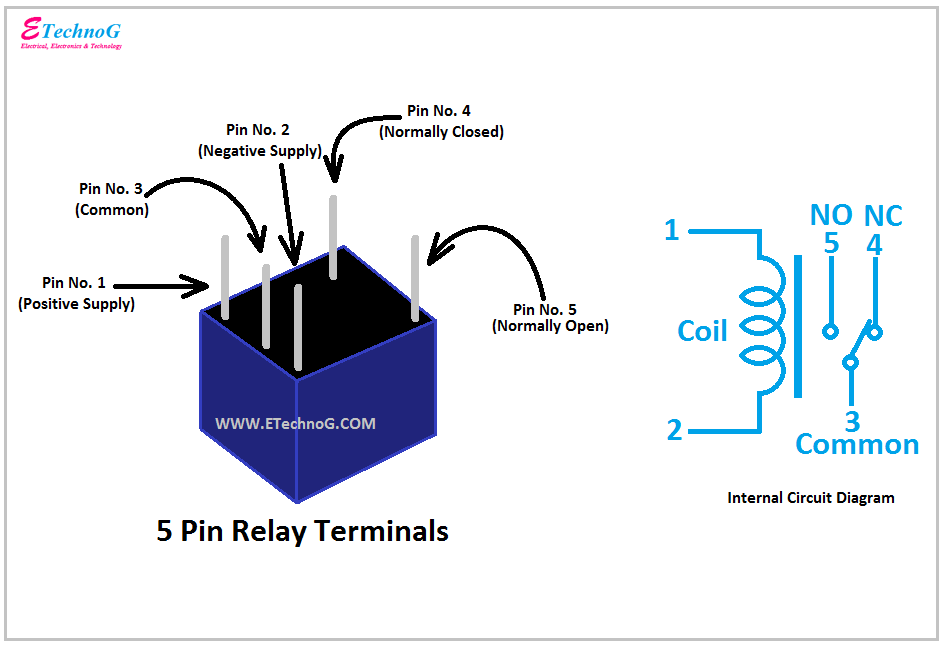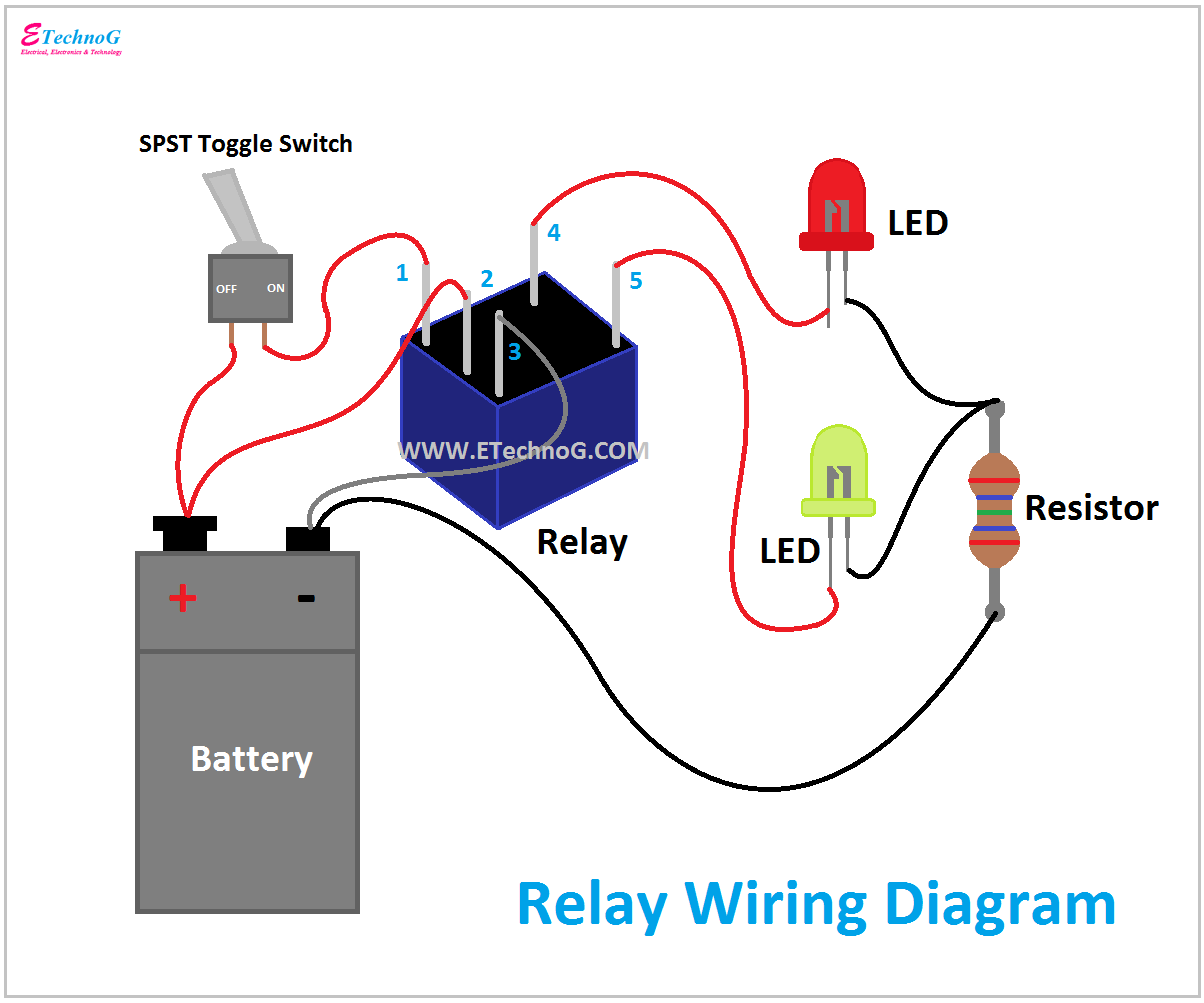Unraveling the Magic of Relay Coils: Electromagnetic Enchantment

Ever wondered how a tiny switch can control a powerful motor? The secret lies within a seemingly simple component: the relay coil. This unsung hero of the electrical world is a gateway between low-power control circuits and high-power devices. It's like a muscle-bound bouncer for electricity, allowing small signals to manage the flow of much larger currents. Prepare to be amazed as we unravel the mysteries of the relay coil's operation and its pivotal role in our electromechanical world.
At its core, a relay coil’s job is to create a magnetic field. When electricity flows through the coil's windings, it generates this field, which then acts like an electromagnetic finger, pulling on a metal armature. This action closes (or opens) a set of contacts, allowing a completely separate circuit to be energized. This simple principle unlocks a world of control possibilities, allowing us to command powerful machinery with the flick of a switch or the touch of a button.
The relay's history traces back to the invention of the telegraph in the 19th century. Joseph Henry, an American scientist, played a significant role in early relay development, realizing the potential of electromagnetism to control circuits remotely. These early relays were crucial for long-distance communication, amplifying weak signals to bridge vast distances. The underlying principle of the relay coil’s function remained essential even as relay technology evolved, paving the way for modern applications in automation, control systems, and countless electronic devices.
The importance of the relay coil's function cannot be overstated. Imagine a world without relays – controlling high-power devices would be a dangerous and cumbersome task. Relays provide electrical isolation, safeguarding sensitive control circuits from potentially hazardous high voltages. This isolation is critical in various applications, from industrial machinery to automotive systems, ensuring safe and reliable operation.
One of the main issues related to relay coil operation is the potential for coil burnout. Excessive current flowing through the coil can generate excessive heat, damaging the insulation and ultimately leading to failure. Properly sizing the relay coil for the intended application and ensuring adequate protection measures are crucial to prevent this issue. Another concern is contact bounce – the rapid opening and closing of contacts as the armature is activated. This can lead to erratic behavior and premature wear. Specialized relay designs and circuit techniques can mitigate this problem, ensuring consistent and reliable switching.
The benefits of using relays stem directly from the relay coil's function: 1. Amplification: A small current through the relay coil can control a much larger current in the switched circuit. For example, a low-power microcontroller can use a relay to switch on a powerful motor. 2. Isolation: The relay coil creates a separation between the control and switched circuits, protecting sensitive electronics from high voltages. This is vital in industrial control systems. 3. Versatility: Relays can switch AC or DC, handle various current and voltage levels, and be configured for multiple contacts, offering a wide range of control options.
Advantages and Disadvantages of Using Relays
| Advantages | Disadvantages |
|---|---|
| Electrical Isolation | Slower switching speed compared to solid-state devices |
| Ability to switch high currents and voltages | Physical contacts can wear out over time |
| Relatively low cost | Can generate audible clicks when switching |
Best Practices for Implementing Relay Coils: 1. Choose the correct coil voltage and current rating for your application. 2. Use a flyback diode across the coil to suppress voltage spikes. 3. Employ proper contact protection to minimize wear. 4. Ensure adequate heat dissipation for the relay. 5. Select relays with appropriate contact configurations for your switching needs.
FAQ: 1. What is a relay coil? 2. How does a relay coil work? 3. What are the different types of relay coils? 4. What is coil resistance? 5. How do I choose the right relay coil? 6. What is coil burnout? 7. How can I prevent coil burnout? 8. What are the advantages of using a relay?
Tips and Tricks: Always check the datasheet for specific relay coil specifications. Consider using a relay socket for easier replacement. Test relay operation thoroughly before deploying in critical applications.
In conclusion, the function of the relay coil, based on the elegant principles of electromagnetism, remains a cornerstone of modern electrical engineering. Its ability to bridge the gap between low-power control circuits and high-power loads has revolutionized everything from industrial automation to household appliances. Understanding the principles of relay coil operation, its benefits, and the potential challenges associated with its use empowers us to harness its full potential. By adhering to best practices and selecting appropriate relays for specific applications, we can ensure reliable and efficient control of electrical systems, driving innovation and enhancing the functionality of devices we rely on every day. As technology advances, the fundamental principles of the relay coil continue to play a crucial role, shaping the future of electromechanical systems. Explore the world of relays and discover the power hidden within this seemingly simple, yet incredibly versatile component.
Decoding behr paint sales secrets
Discovering savannahs industrial heritage the iron works
Barefoot water skiing near me prices your guide






